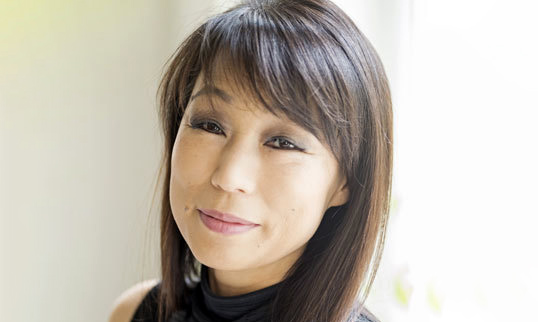Violin Concerto
Item
-
Score title
-
Violin Concerto
-
Composer
-
Unsuk Chin
-
Program note
-
Not only is the orchestration primarily classical, but the structure as well - with the opening movement followed by a slow one, then a scherzo and finale, which contains references to the first movement. The solo violin part is extremely demanding, with extraordinary technical challenges and yet the soloist forms more of a partnership with the orchestra, rather than being in opposition.
The work commences softly, but soon the significance of the variety of percussion instruments becomes apparent - with the marimba contributing a special atmosphere. Gradually more and more instruments join in, and eventually the virtuoso violin becomes more subdued as the orchestra displays its virtuosity.
The second movement starts on open strings, with delicate and colourful plucking, Primarily a slow and quiet movement, there are however brief fast sections reminiscent of the first movement. Fleeting passages in the strings highlight the virtuoso solo part, and the effect of the percussion is further enhanced by clusters in harp and celeste parts,
The third movement immediately makes references to the second movement - this time using percussive, short notes - and the strings play extensive pizzicato passages. The shortest of the four movements, it is close to being a traditional 'scherzo' movement,
The four open strings and their tonal relationship form the basis of the first three movements, and the fourth provides a contrast. The solo part starts very high, then gradually expands towards the lower register. Reminders of the previous movements keep re-surfacing and culminate in an ending distinctly reminiscent of the opening of the work. The circle closes, and with it a concert form in which tonal colour and the flow of time have created an individual type and mode of expression. Unsuk Chin's composition, through her soundworld, opens windows to different periods of music history - both younger and older - than those within the classic tradition. The ear is not provoked, but at the same time it cannot depend on what is familiar. The fact that time must be filled with a flurry of events has become such standard practice that a work of art which resists the temptation to be over-inflated deserves highest praise.
© Habakuk Traber; translated and adapted from his text which appeared in the programme booklet for the world premiere, 20 Jan 2002
 Unsuk Chin
Unsuk Chin

